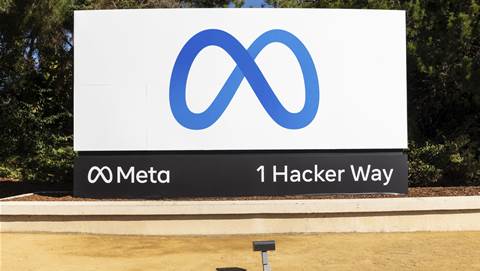School IT administrators are reporting several thousand managed Google Chromebooks have lost their wi-fi settings and are unable to connect to networks.

The admins are currently battling a flood of support enquiries after their fleet of Chromebooks suddenly went offline.
The cause of the problem is currently unknown, but Chromebook systems administrators say it is likely related to Google Apps for Education devices having their wi-fi passwords and base station identifiers deleted.
Administrators noted the problem occurred after an outage to Google online services.
Some Chromebook users have suggested entering wi-fi settings manually on the devices.
Others report that setting up a wireless network without a password to connect temporarily will fix the problem, as a new wi-fi policy will be deployed on the devices.
Most of the complaints appear to come from the United States. It is unclear if the issue is also affecting Australian users.
"That is really a nightmare for a district like the one I work in with 20 buildings. What a disaster," one administrator in the US said.
Google for Education tweeted that it was aware of the issue and suggested manually reconnect their Chromebook fleets.
"To get your Chromebooks online: reboot and manually join a wi-fi network or connect via ethernet to receive a policy update. Sorry for the disruption and thank you for your patience," it said.
However admins have reacted angrily to what they say is a delayed and inadequate response.
This is unacceptable on many fronts.
— Jeremy Cunningham (@jw_cunningham) December 5, 2017
1. The outage occurred 3 and a half hours ago and this is the first you have publicly acknowledged it. Next time, don’t wait for a “resolution” to announce a problem.
2. Manually joining a WiFi network on 10,000+ chromebooks is a nightmare.
Oh man. This is going to be really challenging. 300+ devices and student who can’t know the WPA key ��
— David (@DavidENorman) December 5, 2017
IT staff is going to have to manually renter passwords? Or just click connect on the SSID?
Update: A Google spokesman confirmed the problem to iTnews and said it had been resolved.
In a post Google said managed Chrome devices that were online today between 9.50am and 11.50am Pacific Standard Time may have received invalid network policies.
This caused them to lose connectivity to passphrase-protected wi-fi networks configured through admin policies.
Google said a fix has been deployed, but it does not take effect until affected devices connect to networks and refresh policies.
The company outlined several methods of doing this, from manually connecting to open networks using wi-fi or a wired Ethernet USB adapter, to a smartphone hotspot.










 iTnews Executive Retreat - Security Leaders Edition
iTnews Executive Retreat - Security Leaders Edition












_(1).jpg&h=140&w=231&c=1&s=0)



